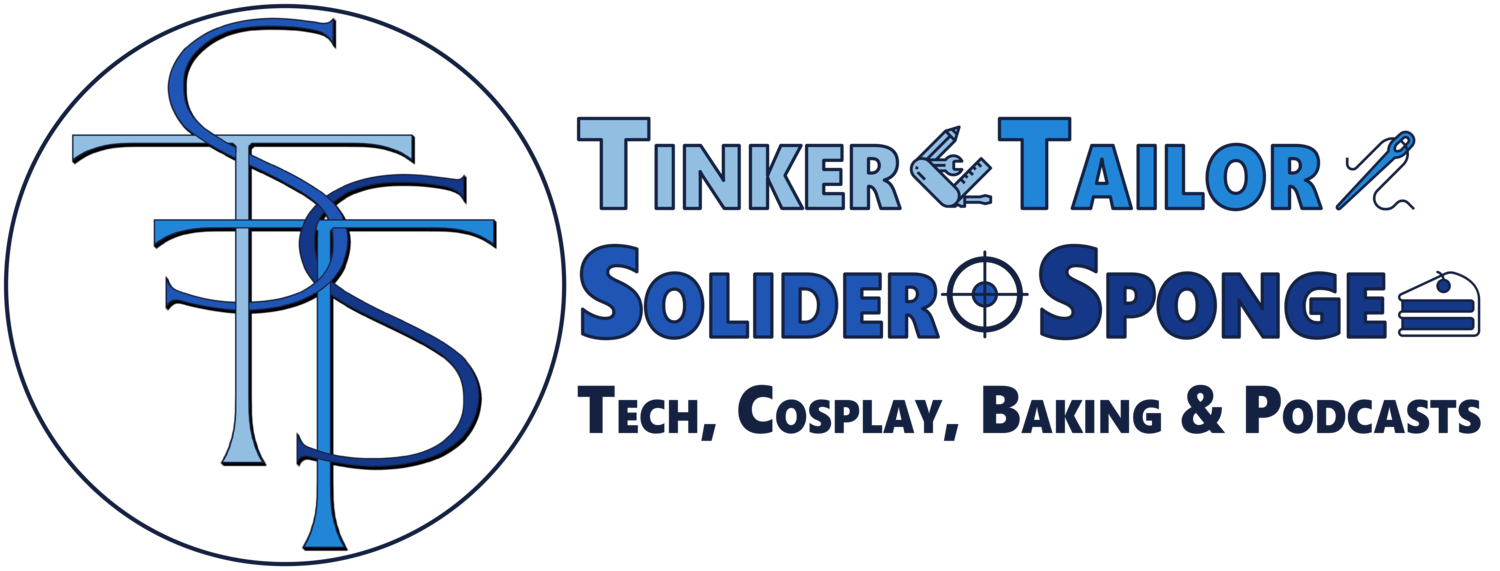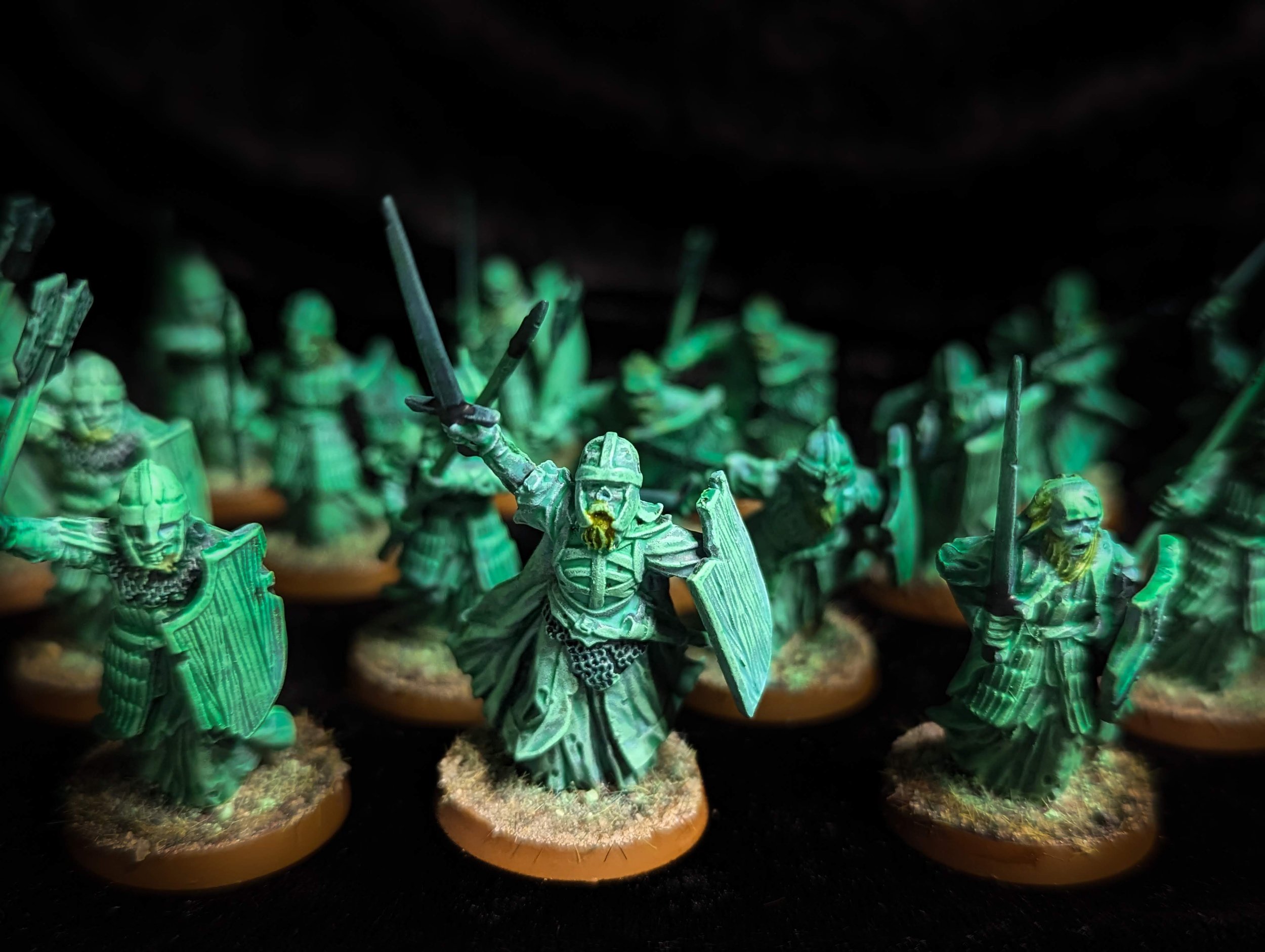Or How I Learnt To Stop Worrying And Enjoy My Job
So you may have noticed that my last post about my working life and PhD was back in 2014. My last proper post tagged as 'PhD' was about tables in LaTeX. I didn't even make a post about my graduation!
Suffice to say I did graduate and finally get to wear the fancy robes:













